Blog
Jewellok is a professional pressure regulator and valve manufacturer and supplier.
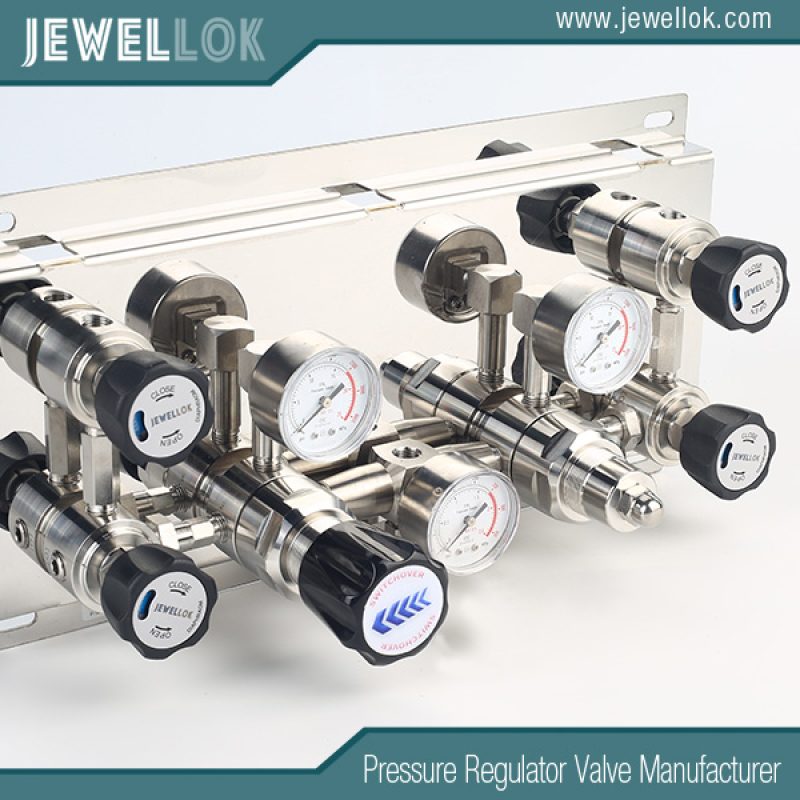
How Does An Automatic Propane Gas Changeover Valve Work?
- Pressure Regulator Valve Manufacturer
- 2-stage auto changeover lp propane gas regulator, adjust gas valve pressure, auto changeover gas manifold, automatic changeover manifold, automatic gas changeover valve, automatic gas leak shut off valve, automatic gas shut off valve, Automatic gas switchover system, automatic propane gas changeover valve, automatic propane tank changeover valve, automatic switchover manifold, best auto changeover propane regulator, calor gas automatic changeover valve instructions, co2 automatic changeover manifold, fully automated manifold design, gas arc auto changeover manifolds, how does automatic lp gas changeover work, Industrial Automatic Changeover Manifolds, lpg automatic changeover valve instructions, manual gas changeover valve, manual propane changeover valve, propane auto changeover valve without regulator, rv propane auto changeover regulator
- No Comments
How Does An Automatic Propane Gas Changeover Valve Work?
In the realm of propane gas systems, maintaining a steady and uninterrupted supply of gas is vital for households, businesses, and recreational users who depend on propane for heating, cooking, or powering appliances. A key player in achieving this reliability is the automatic propane gas changeover valve, a device designed to switch seamlessly between two propane tanks when one runs dry. This ensures that gas continues to flow without the need for manual intervention. But how does this clever piece of equipment function? In this comprehensive article, we’ll explore the mechanics, components, installation, benefits, maintenance, and troubleshooting of the automatic propane gas changeover valve, providing you with a clear understanding of its role in propane systems.
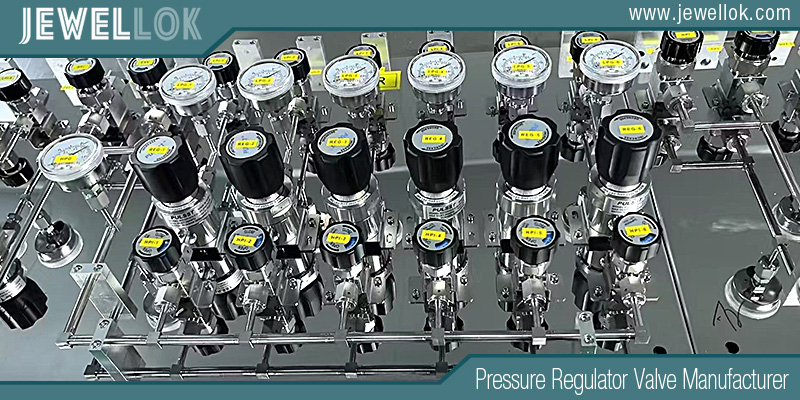
Introduction
Propane is a versatile fuel used worldwide, stored in pressurized tanks and delivered to appliances through a network of regulators and valves. In systems with multiple tanks—commonly two—the automatic propane gas changeover valve serves as a critical component. Its primary function is to monitor the gas supply from a primary tank and, when that tank empties, switch to a backup tank without disrupting the flow of gas. This automation eliminates the inconvenience and potential hazards of manually swapping tanks, making it an essential tool for anyone relying on propane. In this article, we’ll break down how this valve operates, from its basic setup to its intricate internal mechanisms, while also covering practical aspects like installation and upkeep.
Basic Setup of a Dual-Tank Propane System
Before diving into the valve’s workings, let’s establish the context of a typical dual-tank propane system. Imagine two propane tanks sitting side by side, each filled with liquefied propane gas under high pressure (up to 250 psi). These tanks are connected to the system that supplies gas to your appliances—perhaps a furnace, stovetop, or barbecue grill.
Each tank is equipped with its own regulator, a device that reduces the tank’s high pressure to a lower, safer level (typically 10-15 psi) suitable for household or commercial use. The regulators ensure that the gas delivered to your appliances remains consistent, regardless of the tank’s internal pressure. The outputs from these two regulators then feed into the automatic changeover valve, which acts as the decision-maker, selecting which tank’s gas flows into the main gas line leading to your appliances.
In this setup, one tank is designated as the primary tank—the first to be used—while the other serves as the backup tank, ready to take over when needed. The changeover valve sits at the heart of this system, orchestrating the transition between tanks automatically.
Working Principle of the Automatic Changeover Valve
So, how does the automatic changeover valve know when to switch from the primary tank to the backup tank? The answer lies in its ability to detect changes in the gas supply and respond accordingly. Let’s explore this process step by step.
Pressure Differentials: The Heart of the Mechanism
The automatic changeover valve operates based on pressure differentials between the two tanks’ regulators. Inside the valve, a pressure-sensitive mechanism—often a diaphragm or a spring-loaded shuttle—monitors the pressure coming from each tank’s regulator.
Here’s how it works:
- Primary Tank in Use: When the primary tank is supplying gas, its regulator maintains a steady output pressure (e.g., 10-15 psi). This pressure keeps the valve’s internal mechanism positioned to allow gas to flow from the primary tank’s inlet to the outlet, which connects to the main gas line. The backup tank’s gas, meanwhile, remains blocked.
- Depletion of the Primary Tank: As the primary tank empties, the amount of liquid propane decreases, and eventually, the tank can no longer sustain the pressure needed for the regulator to function effectively. The output pressure from the primary tank’s regulator begins to drop below the normal operating level.
- Switching to the Backup Tank: The valve’s pressure-sensitive mechanism detects this drop. When the pressure falls below a predetermined threshold, the mechanism shifts—either the diaphragm moves or the spring-loaded shuttle adjusts—closing off the primary tank’s inlet and opening the backup tank’s inlet. Gas from the backup tank’s regulator, which is still at full pressure, now flows to the outlet, ensuring a continuous supply.
To simplify this, think of the valve as a traffic cop managing two gas “roads.” When the primary road (tank) runs out of traffic (gas), the cop redirects flow from the backup road, keeping everything moving smoothly.
The Role of the Indicator
Most automatic changeover valves come with a visual indicator—a small but crucial feature. This might be a red/green flag, a dial, or a gauge that shows which tank is currently in use. When the primary tank is supplying gas, the indicator might display green. Once the valve switches to the backup tank, it shifts to red, alerting you that the primary tank is empty and needs refilling or replacement. This user-friendly addition eliminates guesswork, making it easy to monitor your propane system.
Key Components of the Automatic Changeover Valve
To fully grasp how the valve functions, let’s examine its key components:
– Two Inlet Ports: These connect to the regulators of the primary and backup tanks, receiving the regulated gas from each.
– One Outlet Port: This sends gas from the selected tank to the main gas line and, ultimately, to your appliances.
– Pressure-Sensitive Mechanism: The core of the valve’s operation, this could be:
– A diaphragm, a flexible membrane separating two chambers (one for each inlet). Pressure differences push the diaphragm to favor the higher-pressure tank.
– A spring-loaded shuttle, which moves based on pressure imbalances to open or close the appropriate inlet.
– Indicator Mechanism: A mechanical linkage tied to the pressure-sensitive component, it adjusts the external indicator (e.g., flipping a flag from green to red) when the valve switches tanks.
These components are housed in a compact, durable casing, often made of brass or aluminum, designed to withstand the pressures and conditions of propane systems.
Installation of the Automatic Changeover Valve
Installing an automatic changeover valve is straightforward but requires care to ensure safety and functionality. Here’s a step-by-step guide:
- Choose a Location: Mount the valve near the propane tanks in an accessible, well-ventilated spot, such as on a wall or a post.
- Connect the Regulators: Attach the output of each tank’s regulator to the corresponding inlet port on the valve. Use appropriate fittings (e.g., pigtail hoses) compatible with your system.
- Attach the Outlet: Connect the valve’s outlet port to the main gas line leading to your appliances.
- Secure Connections: Apply pipe thread sealant or Teflon tape to all threaded connections to prevent leaks, and tighten them with a wrench.
- Test for Leaks: After installation, turn on the gas supply and apply a leak detector solution (or soapy water) to all connections. Bubbles indicate a leak—tighten or reseal as needed.
- Designate the Primary Tank: Some valves allow you to set which tank is primary (e.g., via a selector knob). Follow the manufacturer’s instructions to configure this.
Safety Note: If you’re unfamiliar with propane systems, hire a certified technician. Propane is flammable, and improper installation can lead to leaks or hazards.
Benefits of Using an Automatic Changeover Valve
Why invest in an automatic changeover valve? Here are its standout advantages:
– Convenience: No need to manually switch tanks in the middle of cooking dinner or during a cold night—automation handles it all.
– Uninterrupted Supply: Gas flows continuously, critical for applications like heating or running generators where interruptions could be problematic.
– Safety: Reduces the risk of running out of gas unexpectedly, preventing potential issues like pilot lights going out or pressure imbalances.
– Efficiency: You can remove and refill the empty tank without stopping the system, ideal for both home and commercial setups.
Consider this scenario: You’re hosting a barbecue, and your primary tank runs dry mid-grill. Without an automatic valve, you’d pause the party to switch tanks. With it, the transition is seamless, and your guests never notice.
Maintenance Tips for Optimal Performance
To keep your valve working reliably, regular maintenance is essential:
– Inspect for Leaks: Periodically check connections with a leak detector solution. Address any leaks immediately by tightening fittings or replacing seals.
– Test the Indicator: Close the primary tank’s valve to simulate depletion and verify that the indicator changes. If it doesn’t, the mechanism may need cleaning or repair.
– Clean the Valve: Remove dust, dirt, or corrosion from the exterior with a dry cloth. Avoid harsh chemicals that could damage seals.
– Check Internal Components: If switching fails, a professional should inspect the diaphragm or spring for wear or blockages.
Routine care extends the valve’s lifespan and ensures your propane system remains safe and efficient.
Troubleshooting Common Issues
Even reliable devices can encounter problems. Here’s how to address’ troubleshoot common issues:
– Valve Doesn’t Switch: If the valve doesn’t switch when the primary tank empties, check the tank’s valve (is it fully open?) and connections. A stuck diaphragm or spring may need professional repair.
– Leaks: Detectable by smell or bubbles during a leak test, tighten connections or replace faulty fittings. Shut off the gas supply first.
– Indicator Fails: If the indicator doesn’t change, the linkage may be jammed. Test by manually switching tanks; if it persists, consult a technician.
When in doubt, prioritize safety and seek expert help rather than risking a gas-related mishap.

Conclusion
The automatic propane gas changeover valve is a small but mighty device that brings reliability and peace of mind to dual-tank propane systems. By leveraging pressure differentials, it ensures a seamless switch between tanks, supported by a simple yet effective design of inlets, outlets, and pressure-sensitive components. Whether you’re a homeowner keeping your family warm or an RV camper enjoying the outdoors, understanding how this valve works—along with proper installation and maintenance—guarantees a steady gas supply. With its convenience, safety, and efficiency, the automatic changeover valve proves that even the smallest components can make a big difference.
For more about how does an automatic propane gas changeover valve work, you can pay a visit to Jewellok at https://www.jewellok.com/how-does-a-specialty-gas-fully-automatic-changeover-manifold-system-work/ for more info.
Recent Posts
The Inner Workings of a 316L VIM-VAR Stainless Steel Pressure Regulator
How Ultra-High Purity Stainless Steel Tubing Powers Critical Industries
How Does a UHP 316L Stainless Steel Bellows Valve Work?
How Does a 316 Stainless Steel Pipe Fitting Work?
A Comprehensive Guide to 316L VIM VAR UHP Gas Regulator
Tags
Recommended Products
-
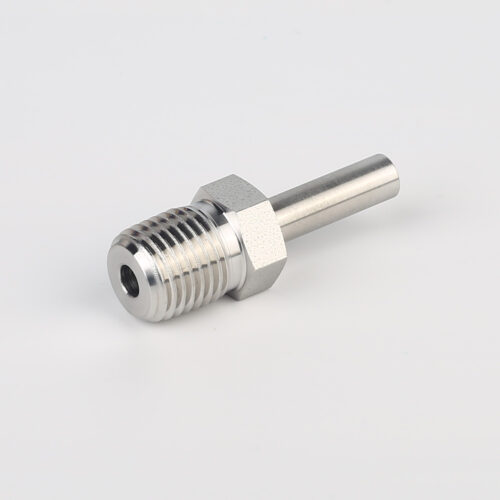
739 High Purity LMR Male Adapter Tube To Pipe Fittings And Adapters
-
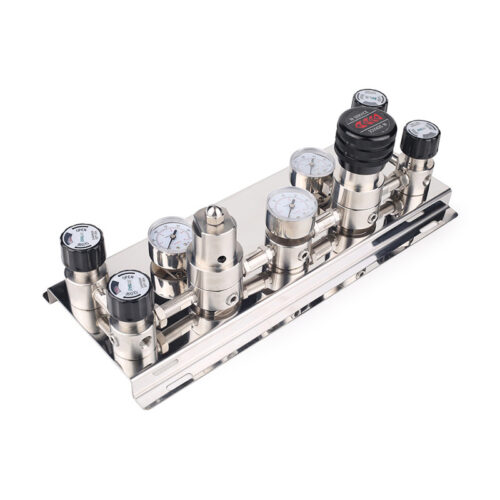
Automatic Gas Switchover System Automatic Switchover Manifold Automatic Gas Cylinder Switchover
-
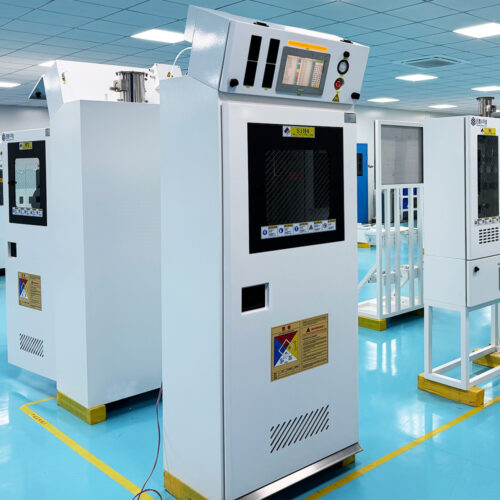
Fully Automated Gas Cabinet For Precise UHP Gas Delivery And High Purity Gas Delivery Systems JW-300-GC
-
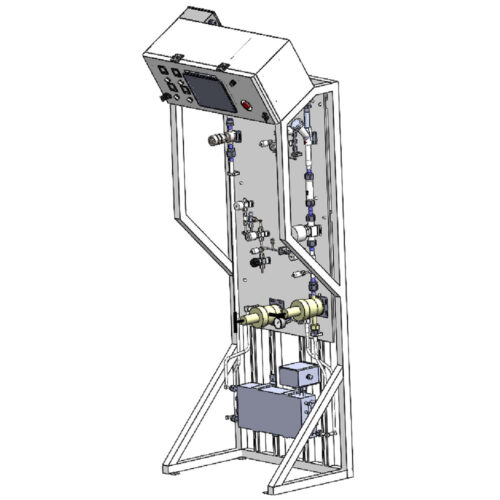
Semiconductor High Purity High Pressure Specialty Gas Bottle Gas Cylinder Storage Cabinet And Gas Pressure Regulating Cabinet
-
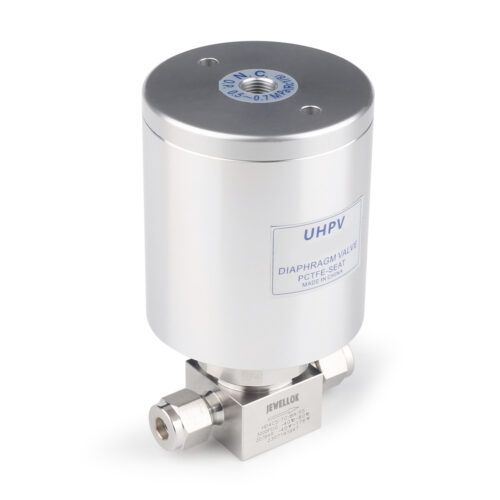
High Pressure High Temperature Pneumatic Ultrahigh Purity Stainless Steel Diaphragm Valves
-
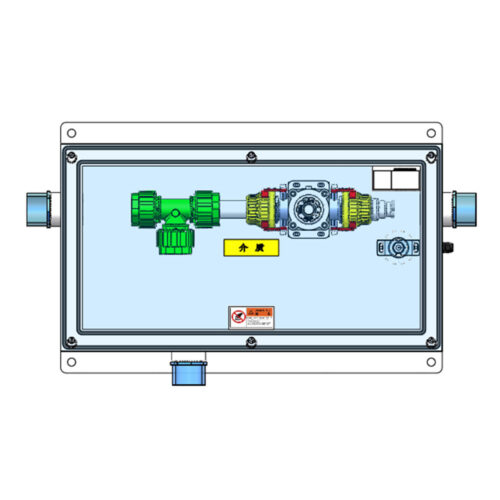
T-BOX JW-TB-C Special Gas Delivery System Gas Valve Manifold Boxes
-
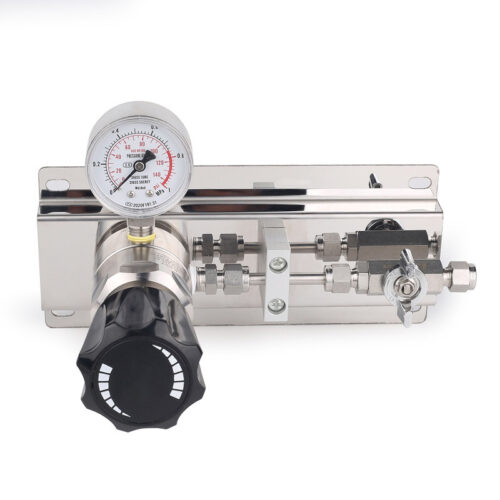
High Purity Gas Cylinder Semi Automatic Changeover Manifold Regulator Panel 3000psig Stainless Steel Gas Control Panel 1/8 Npt With Gauge
-

High Purity High Pressure Gas Cylinder Pressure Regulators Pressure Reducing Valve JSR-1E Series